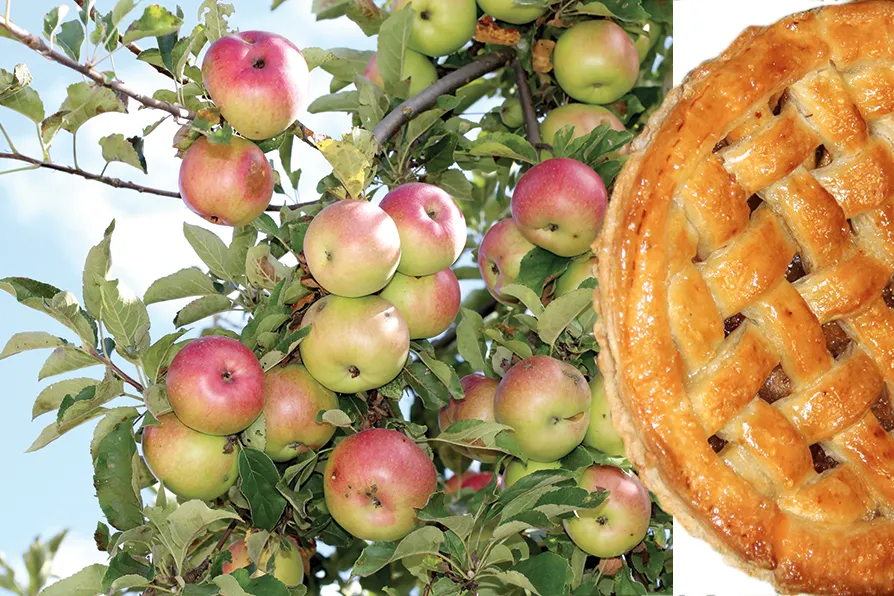The Morning Star sorts the good eggs from the rotten scoundrels of the year just gone
As apple trees blossom to excess it remains to be seen if an abundance of fruit will follow. MAT COWARD has a few tips to see you through a nervy time

 CAUSE AND EFFECT: Maturing apples and and an apple pie / pics: (L to R) George Chernilevsky and Roozitaa both CC
CAUSE AND EFFECT: Maturing apples and and an apple pie / pics: (L to R) George Chernilevsky and Roozitaa both CC
THESE days, thanks to modern grafting techniques, every garden is big enough for an apple tree — even if your “garden” consists of a balcony or a space for the bins — and this year has so far been an exciting one for apple-growers.
The warm, dry spring in many parts of the country produced astonishing amounts of blossom on fruit trees.
Of course, whether that will result in big crops remains to be seen; the fruit on one of my apple trees are looking very small at the moment, presumably because of the drought. But let’s be optimistic, and assume that the year for apple fans will end as well as it began.
We’ll also assume that you got round to thinning the fruitlets a few weeks ago, removing a lot of them so that the tree wasn’t overburdened, and each individual apple had enough space to fully develop.
The next challenge is going to be judging when they’re ready to pick.
It helps to know which apple you’re growing, and therefore its ripening season and what colours it should show, which isn’t always easy if the tree was planted by a previous occupant.
There are services online — for instance the Royal Horticultural Society and the Brogdale Collections — which will identify your tree from samples sent by post, but they can cost a few quid.
Otherwise, there is a well-known method of testing an apple to see if it’s due for harvest: the cup-and-lift technique.
Nestle the fruit in the palm of your hand and gently raise it through 90 degrees so that its stem is horizontal. A ripe apple should then come away from the tree without you putting in any real effort, and it should do so with a clean break, the stalk remaining intact.
If you’re having to tug it or snap it off, come back for another go a few days later.
Many gardeners add a slight twist of the fruit while lifting it but I find it’s too easy to overdo that, and snap the stem, so I stick to the more delicate cup-and-lift.
Another popular way of testing apples is to look at their pips. Obviously, this involves sacrificing a fruit, because you have to cut it in half, but it’s usual to do this with apples which have already fallen from the tree.
Once you’re getting a lot of these windfalls, it’s definitely a good idea to check one or two of them. If the pips are still white, the fruit isn’t mature. If they’ve turned brown, it probably is.
Keep in mind also that fruit growing on the sunny side of the tree might ripen before those in the shade.
Knowing whether an apple is ripe is important not only for those eaten straight away, but also for types that will only reach perfection after a short period of storage. For fruit you intend to store overwinter it’s crucial; under-ripe apples won’t store well.










